-
Teléfono : +8618150976625
-
Correo electrónico : Hello@MicrofiberLeather.com
Teléfono : +8618150976625
Correo electrónico : Hello@MicrofiberLeather.com
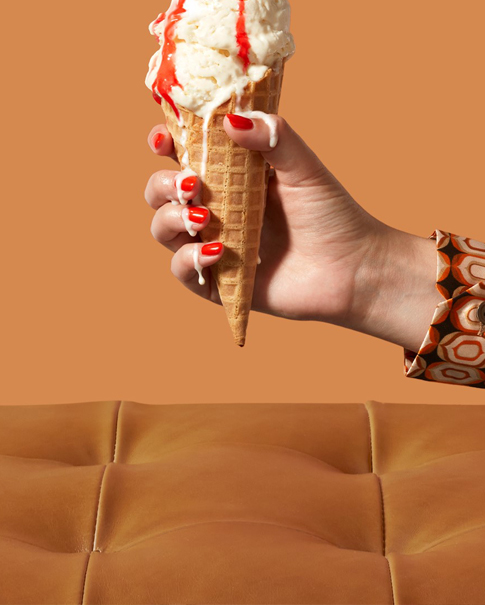
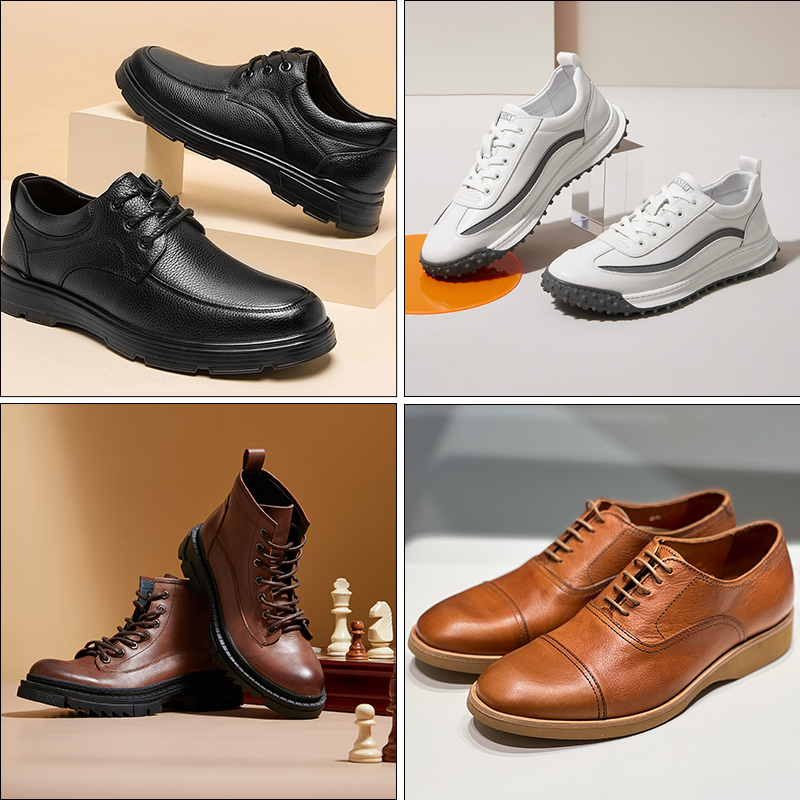
A menudo me preguntan si Zapatos de material PU Es una buena inversión. En mi experiencia, ofrecen una excelente relación calidad-precio para quienes tienen un presupuesto ajustado y un estilo impresionante sin usar productos de origen animal. Por otro lado, he notado que a veces no son tan transpirables y pueden no durar tanto como el cuero genuino. Tengo en cuenta estos factores al elegir el par adecuado para mis necesidades.
cuero PU Los zapatos son asequibles, lo que los convierte en una excelente opción para los compradores que cuidan su presupuesto.
Estos zapatos ofrecen un look elegante y vienen en varios diseños, perfectos para un estilo casual.
cuero PU Es respetuoso con los animales, ofreciendo una alternativa libre de crueldad al cuero tradicional.
Si bien los zapatos de PU son Ligero y fácil de limpiar, pueden carecer de transpirabilidad y durabilidad con el tiempo.
Considere cuidadosamente sus necesidades; el cuero sintético funciona bien para un uso ligero, pero puede no ser adecuado para actividades de alta exigencia.
Cuando busco zapatos que combinen calidad y precio, suelo recurrir a cuero sintéticoLa industria del calzado utiliza ambos poliuretanos MDI y TDI En calzado sintético, el MDI proporciona una durabilidad impresionante, mientras que el TDI añade flexibilidad y comodidad, especialmente en las plantillas. Estas características ayudan a mantener bajo el costo del calzado de piel sintética sin sacrificar el rendimiento. He notado que muchos compradores sensibles al precio Compara las opciones sintéticas de diferentes marcas, sobre todo en línea. El comercio electrónico facilita encontrar ofertas y promociones, lo que aumenta aún más el atractivo del cuero sintético para los compradores que buscan ahorrar. La asequibilidad del calzado sintético es notable, especialmente al compararlo con el cuero sintético. cuero de imitación y cuero genuino.
Aprecio la ligereza que ofrecen los zapatos sintéticos de piel sintética. La resina de poliuretano, su componente principal, proporciona ambas ventajas. durabilidad y flexibilidadEsta combinación hace que mis zapatos duren más y se adapten al movimiento de mi pie. He notado que las formulaciones especializadas de poliuretano proporcionan una amortiguación adicional, que me da soporte durante largas jornadas. La flexibilidad de los materiales sintéticos permite una mayor libertad de movimiento, lo que hace que los zapatos de piel sintética sean cómodos para el uso diario. Al comparar la piel sintética con la piel sintética, observo que ambas ofrecen una comodidad similar, pero la piel sintética suele brindar mayor soporte con el paso del tiempo.
El estilo es importante para mí, y los zapatos sintéticos hechos de piel sintética (PU) ofrecen una amplia gama de opciones a la moda. Los fabricantes pueden moldear fácilmente la PU en diferentes formas, texturas y colores. Esta versatilidad me permite elegir entre diseños modernos que imitan el aspecto de la piel auténtica. Distinguir entre piel auténtica cuero y poliuretano El cuero puede ser complicado porque los zapatos sintéticos modernos se ven muy convincentes. Suelo ver zapatos de piel sintética tanto en estilos clásicos como atrevidos, lo que facilita combinarlos con mi ropa. Además, el acabado sintético resiste la decoloración, por lo que mis zapatos conservan su aspecto impecable durante más tiempo.
Una de las razones por las que prefiero el cuero sintético para el uso diario es su resistencia al agua y al aceite. Las pruebas de laboratorio demuestran que el calzado sintético fabricado con cuero sintético cumple con los estándares más estrictos. penetración, absorción y flexibilidad del aguaAquí tenéis un breve resumen del rendimiento del cuero sintético en estas pruebas:
Nombre de la prueba | Objetivo | Buen resultado |
|---|---|---|
Penetración y absorción de agua | Medir la entrada y absorción de agua | Tiempo de penetración ≥ 60 min, Absorción ≤ 15% |
Impermeabilidad dinámica (prueba de flexión) | Resistencia al agua durante la flexión | ≥ 20.000 flexiones = Bueno, ≥ 50.000 = Excelente |
Prueba de presión hidrostática | Resistencia a la presión del agua antes de la fuga | ≥ 5000 mmH₂O = Impermeable, ≥ 10000 = Altamente impermeable |
Absorción y desorción de agua | Tasas de absorción y liberación | Absorción ≤ 15%, Desorción ≥ 60% |
Resistencia a la flexión (sin agua) | Flexibilidad y resistencia al agrietamiento | Sin grietas tras 50.000–100.000 ciclos |
Prueba de manchas de agua / Prueba de gotas de agua | Resistencia superficial a las manchas de agua | No se observa ningún anillo ni cambio de color después del secado. |
Considero que los zapatos sintéticos con cuero PU mantienen mis pies secos en condiciones húmedas y resisten las manchas de aceite, lo que los hace prácticos para climas impredecibles.
Valoro mucho los zapatos fáciles de cuidar, y los de piel sintética (PU) cumplen perfectamente con este requisito. A diferencia del cuero genuino, que requiere un cuidado especial después de cualquier derrame, los de piel sintética se limpian con un simple paño. Esto los hace ideales para usar al aire libre y menos problemáticos en días lluviosos. He notado que distinguir entre cuero genuino y piel sintética se vuelve más fácil al ver lo sencillo que es mantener los zapatos sintéticos. Con solo pasar un paño se eliminan la mayoría de las manchas, mientras que el cuero genuino necesita un tratamiento especial para evitar daños. Esta facilidad de mantenimiento me ahorra tiempo y esfuerzo.
Como persona preocupada por el bienestar animal, valoro que el cuero sintético ofrezca una alternativa libre de crueldad al cuero tradicional. El auge de consumo ecológico y ético Ha cambiado mi forma de comprar zapatos. Muchas marcas ahora usan materiales sintéticos para crear calzado elegante y de alta calidad a precios más bajos. Veo que las marcas de moda rápida usan piel sintética para satisfacer la demanda de opciones asequibles y libres de crueldad animal. Los compradores más jóvenes, incluyéndome, solemos preferir productos ecológicos y respetuosos con los animales. La transparencia en la fabricación y el etiquetado ecológico también influyen en mis decisiones, lo que convierte a los zapatos sintéticos con piel sintética en una de mis principales opciones para la moda ética.
La durabilidad es un factor clave para mí al elegir zapatos. El cuero sintético PU destaca por su durabilidad. impresionante resistencia al desgaste y durezaAquí tienes una tabla que destaca las ventajas técnicas del poliuretano en el calzado:
Propiedad | Contribución a la resistencia al desgaste y la durabilidad |
|---|---|
Buena resistencia al desgaste | Superior al caucho ordinario, generalmente de 3 a 5 veces mejor, lo que lo hace ideal para la resistencia al desgaste y la absorción de impactos. |
Excelentes propiedades mecánicas | Su elevada resistencia y tenacidad le permiten soportar grandes fuerzas e impactos externos. |
Alta elasticidad | Mantiene una alta elasticidad en un amplio rango de dureza, lo que le permite recuperarse rápidamente de la tensión. |
Buena estabilidad química | Resiste la erosión causada por ácidos, álcalis y otros productos químicos, manteniendo un rendimiento estable en entornos hostiles. |
Resistencia al aceite y al envejecimiento | Ofrece un buen rendimiento en contacto con aceites y productos químicos, con una mejor resistencia al envejecimiento que el caucho natural. |
Resistencia superior a altas y bajas temperaturas | Puede soportar temperaturas desde -50 °C hasta 120 °C, manteniendo su flexibilidad y elasticidad en condiciones extremas. |
He comprobado que los zapatos sintéticos de piel sintética duran más que muchas otras opciones sintéticas. Su resistencia al desgaste, a los productos químicos y a las temperaturas extremas los hace adecuados para diversos entornos. La durabilidad de la piel sintética garantiza que mis zapatos se mantengan en buen estado, incluso con un uso frecuente.
Consejo: Si buscas un calzado que combine estilo, comodidad y valores ecológicos, los zapatos de piel sintética PU ofrecen una solución inteligente para el uso diario.
Cuando uso zapatos hechos de cuero sintéticoHe notado que a menudo se sienten más rígidos que los fabricados con otros materiales. Esta rigidez proviene de... Alta resistencia y durabilidad del poliuretanoSi bien estas cualidades ayudan a que los zapatos duren más, también limitan la flexibilidad. He comparado zapatos de poliuretano (PU) con aquellos que tienen suelas de acetato de etileno-vinilo (EVA), y la diferencia es evidente. Los zapatos de EVA se doblan y absorben mejor la energía, lo que los hace más cómodos para actividades que requieren mucho movimiento. A continuación, algunos puntos que he observado:
El poliuretano y el poliuretano termoplástico proporcionan una alta durabilidad y resistencia.
La mayor rigidez de las zapatillas de poliuretano reduce su capacidad para absorber impactos.
Las zapatillas de EVA ofrecen mayor flexibilidad y mejor absorción de energía, lo que me resulta más cómodo para correr o practicar deportes.
Si necesitas calzado para actividades que requieren flexibilidad, las desventajas del cuero sintético, como su rigidez, pueden convertirse en un verdadero inconveniente.
La transpirabilidad es otro aspecto en el que los zapatos de piel sintética suelen quedarse cortos. Los he usado en días cálidos y he notado que mis pies se calientan y sudan mucho más rápido que con zapatillas de piel natural o de malla. La superficie sintética de la piel sintética no permite que el aire circule con facilidad. Esta falta de ventilación puede provocar incomodidad, sobre todo tras usarlos durante largos periodos. He visto marcas que intentan mejorar esto añadiendo perforaciones o paneles de malla, pero el material base sigue limitando la circulación del aire. Para quienes valoran tener los pies frescos y secos, esto supone una desventaja importante.
El impacto ambiental La producción de cuero sintético se ha convertido en una gran preocupación para mí. Me importan las opciones ecológicas, así que presto mucha atención a cómo se fabrican mis zapatos. El proceso de fabricación del cuero sintético implica el uso de productos químicos y energía, lo que puede dañar el medio ambiente. He aprendido que El poliuretano no es biodegradable.Esto significa que los zapatos viejos pueden permanecer en los vertederos durante años. Reciclar zapatos de poliuretano también es difícil porque suelen contener una mezcla de materiales. Aquí hay un ejemplo. tabla que compara el impacto ambiental de poliuretano, cuero y materiales reciclados:
Aspecto | Material de poliuretano Impacto | Impacto del cuero | Impacto de los materiales reciclados |
|---|---|---|---|
Formulaciones ecológicas | Los sistemas de poliuretano a base de agua reducen las emisiones de COV. | El curtido del cuero produce residuos nocivos. | Menor impacto debido a la reducción del uso de recursos |
Eficiencia de fabricación | La automatización reduce los residuos | Proceso que requiere muchos recursos | Reduce los costes de producción y los residuos. |
Enfoque en la sostenibilidad | Las innovaciones de poliuretano de base biológica abordan las preocupaciones | Alta huella de carbono | Apoya la economía circular |
A pesar de algunos avances ecológicos, las implicaciones ambientales del uso de cuero sintético siguen siendo preocupantes. He leído que el cuero sintético puede liberar microplásticos al medio ambiente, contribuyendo a la contaminación. Marcas como Nike y Adidas están explorando el uso de cuero sintético reciclado para reducir el impacto ambiental, pero estas soluciones aún son recientes. Siempre considero las implicaciones ambientales del uso de cuero sintético antes de realizar una compra.
La comodidad es primordial para mí al elegir zapatos. Si bien los zapatos de piel sintética ofrecen cierta amortiguación, considero que no igualan el soporte y la comodidad de las zapatillas deportivas de alto rendimiento. Muchas zapatillas deportivas utilizan materiales avanzados como la espuma Ortholite o el ETPU biodegradable para una amortiguación superior y una respuesta elástica. Estas características ayudan a mantener mis pies cómodos durante actividades intensas. En cambio, los zapatos de piel sintética a menudo carecen del mismo nivel de soporte, especialmente para personas con problemas específicos en los pies. Su limitada transpirabilidad y rigidez también pueden hacerlos menos cómodos para usarlos durante todo el día.
A menudo me preguntan: "¿Cuánto dura el cuero sintético?". En mi experiencia, los zapatos de cuero sintético lucen muy bien cuando son nuevos, pero su apariencia puede cambiar rápidamente. Con el tiempo, he visto que el cuero sintético se agrieta, se pela o se decolora, especialmente con un uso intensivo. A diferencia del cuero genuino, que desarrolla una pátina única, el cuero sintético tiende a mostrar desgaste de forma menos atractiva. He notado que la exposición al sol y la humedad acelera este proceso. Si buscas zapatos que conserven su aspecto durante años, este es un factor importante a considerar. Al comparar la durabilidad del cuero sintético con la de otros materiales, descubro que no siempre es tan alta como se promete.
He aprendido que los zapatos de piel sintética no son adecuados para todas las actividades. Su rigidez y escasa transpirabilidad los convierten en una mala elección para deportes o actividades al aire libre exigentes. Cuando necesito calzado para senderismo, correr o entornos laborales intensos, prefiero opciones con mayor flexibilidad, amortiguación y soporte. Las zapatillas deportivas suelen tener empeines de punto transpirable, taloneras acolchadas y plantillas extraíbles para un ajuste personalizado. Estas características son poco comunes en los zapatos de piel sintética. Si necesitas calzado para actividades de alto impacto o especializadas, la piel sintética podría no ser la adecuada.
Nota: Si bien los zapatos de piel sintética ofrecen muchas ventajas, siempre tengo en cuenta sus desventajas antes de decidirme. El impacto ambiental, las limitaciones de comodidad y los problemas de durabilidad influyen mucho en mi elección. Si valoras los productos ecológicos y la durabilidad, quizá te interese explorar otros materiales.
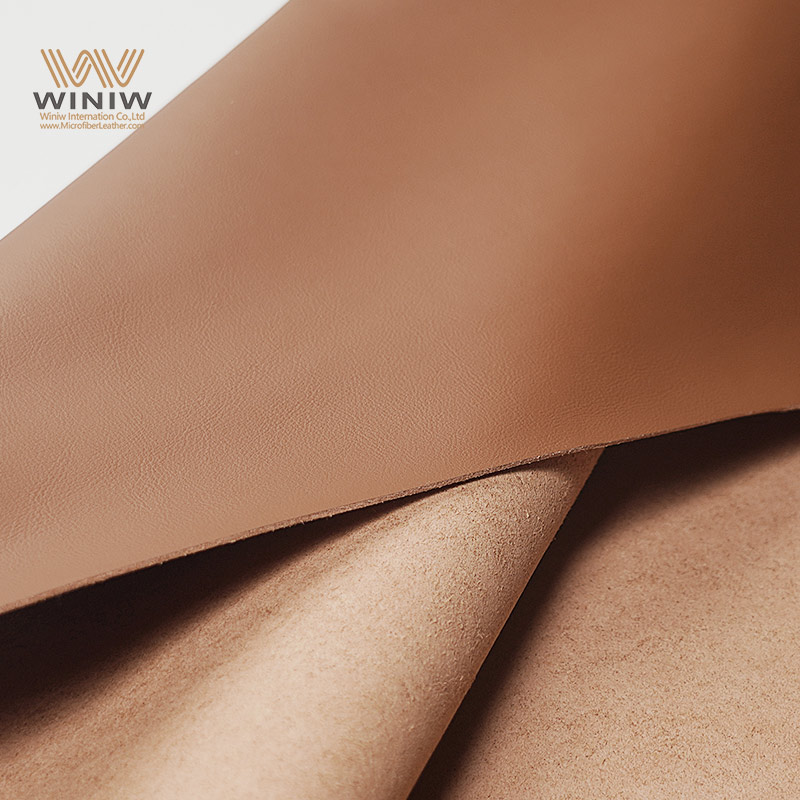
Siempre recomiendo zapatos de piel sintética Para amigos que quieren ahorrar dinero. El precio de la piel sintética la convierte en una opción inteligente para quienes tienen un presupuesto ajustado. He notado que los zapatos de piel sintética suelen costar mucho menos que los de piel auténtica, pero aun así lucen elegantes. Muchas marcas ofrecen piel sintética como una alternativa ecológica a los materiales tradicionales. He visto zapatos de piel sintética en oferta tanto en tiendas físicas como en línea. Su precio asequible me permite comprar varios pares para diferentes ocasiones sin gastar una fortuna.
Cuando quiero renovar mi guardarropa, elijo zapatos de piel sintética por su estilo y versatilidad. Los diseñadores utilizan la piel sintética para crear looks modernos que imitan la piel auténtica. Me he dado cuenta de que la piel sintética viene en muchos colores y acabados, lo que me ayuda a combinar mis zapatos con cualquier atuendo. Para salidas informales o eventos sociales, confío en los zapatos de piel sintética para lucir siempre impecable. El acabado sintético de la piel sintética resiste las manchas y la decoloración, por lo que mis zapatos se mantienen atractivos por más tiempo. Valoro que la piel sintética ofrezca una alternativa ecológica para los amantes de la moda que se preocupan por el medio ambiente.
Como persona que valora el bienestar animal, busco zapatos que no contengan productos de origen animal. El cuero sintético destaca como una alternativa ecológica para veganos. Cada vez veo más marcas que etiquetan sus zapatos de cuero sintético como aptos para veganos. Esta transparencia me facilita comprar de acuerdo con mis valores. Me siento bien sabiendo que mis zapatos de cuero sintético no contribuyen al daño animal. El aspecto ecológico del cuero sintético también se alinea con mi deseo de moda sostenible.
A menudo elijo zapatos de piel sintética Para ocasiones en las que no necesito calzado resistente. Por ejemplo, uso zapatos de piel sintética para ir a la oficina o para paseos cortos. La ligereza de la piel sintética hace que estos zapatos sean cómodos para el uso diario. Me parece que la piel sintética es ideal para eventos en los que quiero lucir elegante, pero no necesito la máxima durabilidad. Cuando busco una alternativa ecológica para uso ligero u ocasional, los zapatos de piel sintética satisfacen mis necesidades a la perfección.
Consejo: Si buscas calzado asequible, elegante y ecológico, la piel sintética es una excelente opción para muchas situaciones cotidianas.
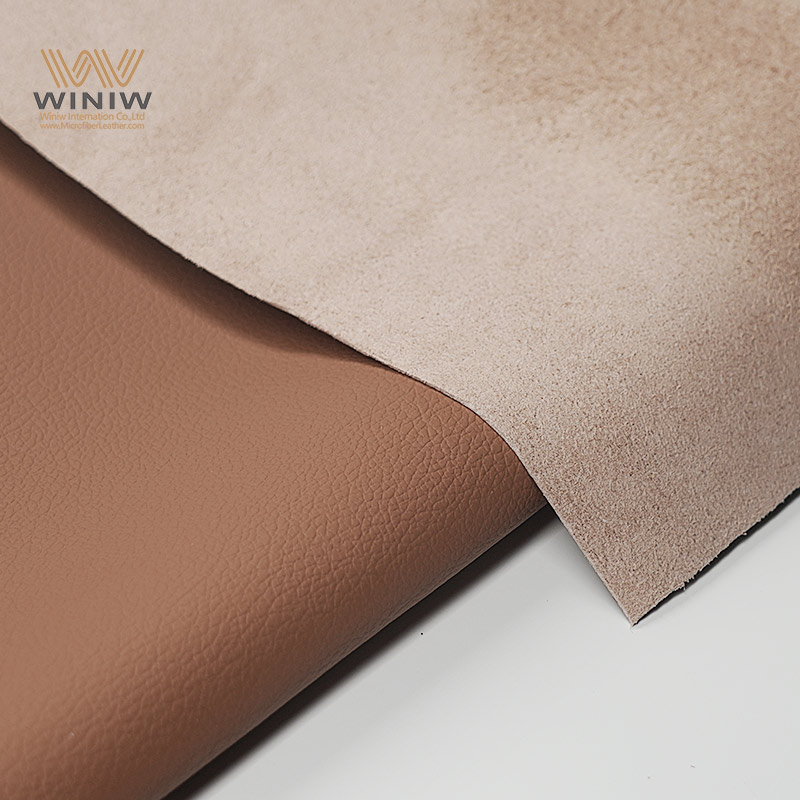
He usado zapatos de piel sintética Durante las actividades al aire libre, el material suele fallar en terrenos irregulares y con poca humedad. Cuando hago senderismo o trabajo al aire libre, necesito calzado flexible y resistente. El cuero sintético tiende a agrietarse o pelarse tras el contacto repetido con rocas y barro. He notado que las suelas pierden agarre rápidamente, lo que aumenta el riesgo de resbalar. Para trabajos pesados, prefiero calzado fabricado con materiales más robustos. El calzado de cuero sintético no ofrece la durabilidad necesaria para entornos exigentes.
La durabilidad es lo más importante a la hora de elegir zapatos para uso diario. Los zapatos de piel sintética tienen buen aspecto al principio, pero se desgastan mucho más rápido. piel genuinaObservo arrugas y daños superficiales tras solo unos meses de uso regular. El recubrimiento sintético del cuero sintético se pela con frecuencia, sobre todo en la punta y el talón. Cuando necesito zapatos que duren años, evito el cuero sintético. Este material no puede igualar la durabilidad del cuero natural ni de las fibras sintéticas avanzadas. Recomiendo el cuero sintético solo para uso ocasional, no para situaciones que requieran alta resistencia.
Las actividades deportivas requieren calzado con excelente soporte y transpirabilidad. He intentado correr con zapatillas de piel sintética. Al poco tiempo, mis pies se sentían calientes e incómodos. La falta de ventilación de la piel sintética restringe el flujo de aire, lo que provoca sudoración excesiva. Además, noto que la rigidez de la piel sintética limita mis movimientos. Para deportes o ejercicios de alto impacto, prefiero calzado con empeine de malla y suela acolchada. La piel sintética no ofrece la flexibilidad ni la comodidad necesarias para el rendimiento deportivo. Aconsejo a los atletas que elijan calzado diseñado específicamente para su deporte.
Me preocupan las opciones ecológicas y la sostenibilidad. Los zapatos de piel sintética suelen utilizar derivados del petróleo, lo que aumenta su huella de carbono. Al comparar la piel sintética con el calzado sostenible, veo claras diferencias:
Aspecto | Zapatos de material PU | |
|---|---|---|
Fuente del material | A menudo se derivan de productos petroquímicos. | Formulaciones de base biológica a partir de recursos renovables |
Impacto ambiental | Mayor huella de carbono debido al uso de productos petroquímicos | Menor huella de carbono, promoviendo la sostenibilidad |
innovaciones | Están surgiendo formulaciones de poliuretano reciclables y de base biológica. | Centrarse en la economía circular y la reciclabilidad |
Cumplimiento normativo | El cumplimiento de la normativa fomenta las innovaciones ecológicas. | Fuerte énfasis en las prácticas sostenibles |
He notado que el calzado sostenible utiliza recursos renovables y se centra en la reciclabilidad. Los zapatos de piel sintética (PU) se quedan atrás en prácticas ecológicas. Aunque algunas marcas experimentan con PU de origen biológico, la mayoría aún depende de la fabricación tradicional. Elijo calzado ecológico cuando quiero reducir mi impacto ambiental. La piel sintética no se alinea con mis valores de sostenibilidad.
Si necesitas calzado para condiciones difíciles, para practicar deportes o si quieres apoyar iniciativas ecológicas, el cuero sintético puede no ser la mejor opción.

Cuando considero comprar zapatos de material sintético (PU), siempre empiezo enumerando las principales ventajas y desventajas. Me parece que el cuero sintético ofrece un estilo elegante, un precio asequible y es respetuoso con los animales. Estos zapatos suelen venir en muchos colores y diseños, lo que los convierte en los favoritos de quienes buscan estar a la moda. También valoro que el cuero sintético sea resistente al agua y al aceite, lo que facilita su cuidado diario. Sin embargo, he notado que los zapatos de material sintético pueden ser rígidos y no transpirar bien. Con el tiempo, el cuero sintético tiende a agrietarse o pelarse, especialmente con un uso intensivo. impacto ambiental del pu También me preocupa que la mayoría de los zapatos de material PU no se descompongan de forma natural.
Aquí tenéis una tabla rápida que utilizo para comparar los puntos principales:
Ventajas de los zapatos de cuero sintético | Desventajas de los zapatos de piel sintética |
|---|---|
Asequible | Puede sentirse rígido |
Elegante y versátil | Transpirabilidad limitada |
Fácil de limpiar | Puede agrietarse o pelarse con el tiempo |
Amigable con los animales | No biodegradable |
Resistente al agua y al aceite | Menos duradero para uso intensivo. |
Siempre me recuerdo a mí misma que ningún material para zapatos es perfecto. La mejor elección depende de lo que más valoro.
Elijo mis zapatos según mi estilo de vida y prioridades. Si busco calzado asequible y moderno para salidas informales, opto por zapatos de poliuretano (PU). Para ocasiones especiales como la oficina o eventos ligeros, el cuero sintético (PU) es una buena opción. Para quienes se preocupan por el bienestar animal, el cuero sintético (PU) ofrece una excelente alternativa vegana. Sin embargo, si planeo hacer senderismo, correr o trabajar al aire libre, evito los zapatos de poliuretano (PU). Busco materiales más duraderos cuando necesito un calzado resistente y duradero. Si la sostenibilidad es mi prioridad, investigo marcas que utilizan poliuretano (PU) reciclado o de origen biológico.
Siempre me hago estas preguntas antes de comprar:
¿Usaré estos zapatos todos los días o solo ocasionalmente?
¿Necesito la máxima comodidad y transpirabilidad?
¿Qué importancia tiene para mí el bienestar animal o el respeto al medio ambiente?
¿Estoy dispuesto a sacrificar algo de durabilidad por un precio más bajo?
Al responder a estas preguntas, me aseguro de que mi próximo par de zapatos de material PU se ajuste a mis necesidades y valores.
Tras sopesar las ventajas y desventajas, veo que los zapatos de piel sintética ofrecen una excelente relación calidad-precio para muchas personas. Elijo la piel sintética cuando busco calzado asequible, con estilo y respetuoso con los animales. Sé que la piel sintética no dura tanto como otros materiales, pero satisface mis necesidades para un uso casual y ligero. Siempre me aseguro de que la piel sintética se ajuste a mi estilo de vida antes de comprar. Te animo a que pienses en tus prioridades. Si buscas un calzado fácil de cuidar y con un estilo moderno, la piel sintética puede ser una buena opción. Confío en mi experiencia con la piel sintética para tomar mis decisiones. Puedes estar seguro de tu decisión cuando entiendas lo que la piel sintética ofrece.
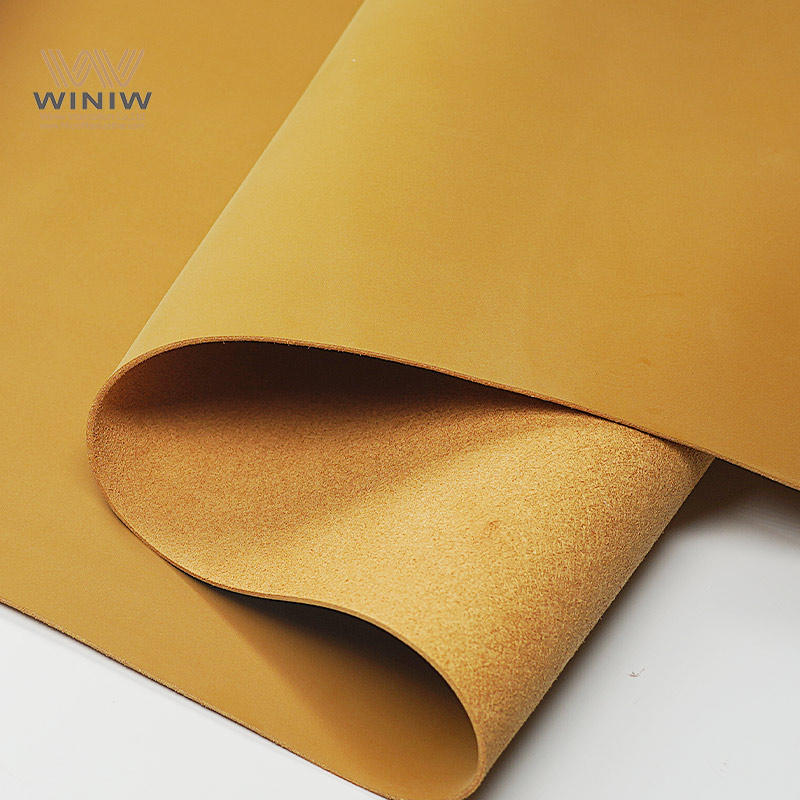
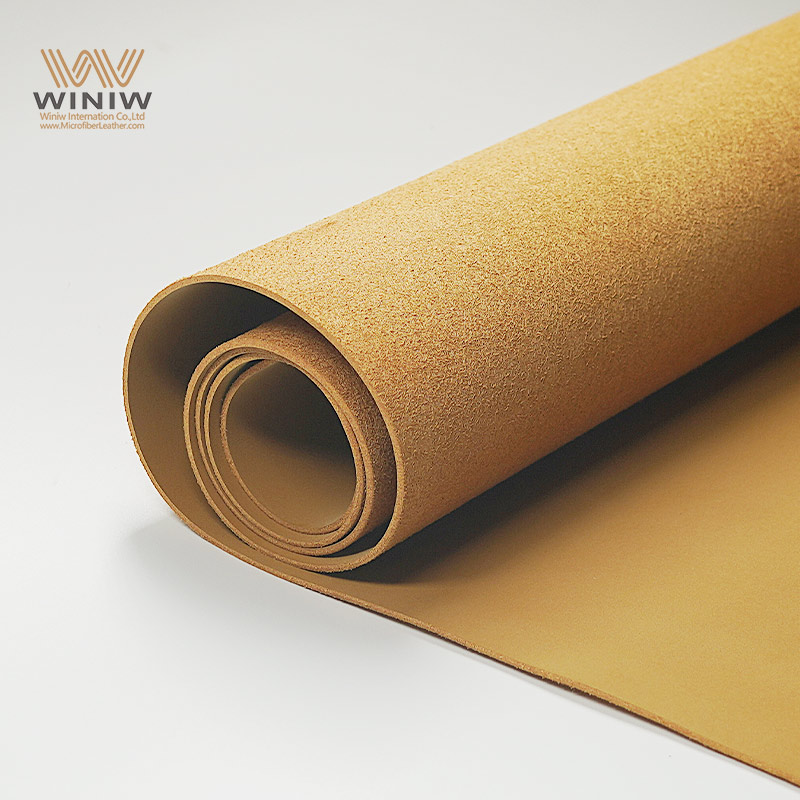
Veo cuero sintético Es un material sintético hecho de poliuretano. Se parece al cuero auténtico, pero cuesta menos. El cuero sintético no utiliza pieles de animales. He notado que el cuero auténtico es más suave y duradero, mientras que el cuero sintético ofrece más variedad de colores y es más fácil de limpiar.
Uso zapatos de piel sintética los días de lluvia. Su superficie repele el agua y el aceite. La piel sintética mantiene mis pies secos durante lloviznas. Limpio los derrames fácilmente. Evito los charcos profundos porque la piel sintética podría no ser impermeable con lluvia intensa.
He comprobado que los zapatos de piel sintética duran entre uno y dos años con un uso regular. El material puede agrietarse o pelarse con el tiempo. He notado que la piel sintética no desarrolla una pátina como la piel auténtica. Cambio mis zapatos de piel sintética cuando muestran un desgaste visible.
Uso zapatos de piel sintética para salidas cortas. El material es ligero, pero noto que transpiran poco. La piel sintética puede resultar rígida después de varias horas de uso. Prefiero los zapatos de piel sintética para eventos informales, no para largas caminatas ni actividades deportivas.
Investigo sobre el cuero sintético antes de comprarlo. La mayoría proviene de derivados del petróleo. Su producción consume energía y productos químicos. Además, el cuero sintético no se degrada fácilmente. Busco marcas que utilicen cuero sintético reciclado o de origen biológico para reducir el impacto ambiental.
Consejo: Siempre reviso las etiquetas de los productos para Opciones de cuero sintético ecológico.
ETIQUETAS CALIENTES :
Apariencia de lujo Sensación de gamuza sintética para expositores de joyas
¿Qué es la ropa de poliuretano y por qué elegirla?
Business Phone : +8618150976625
E-mail : Hello@MicrofiberLeather.com
Mobile & WhatsApp : +8618150976625
Dirección : W6-302 Shimao Manhadun Shuanglong Road, Jinjiang Quanzhou Fujian China

© Derechos de autor 2022 Winiw International Co., Ltd.Reservados todos los derechos.
XML | Política de privacidad |

